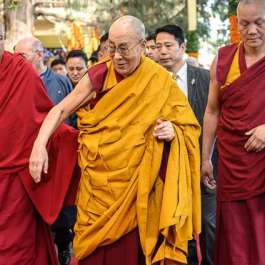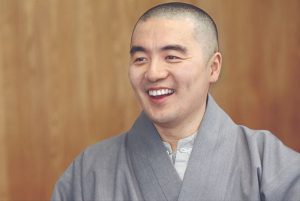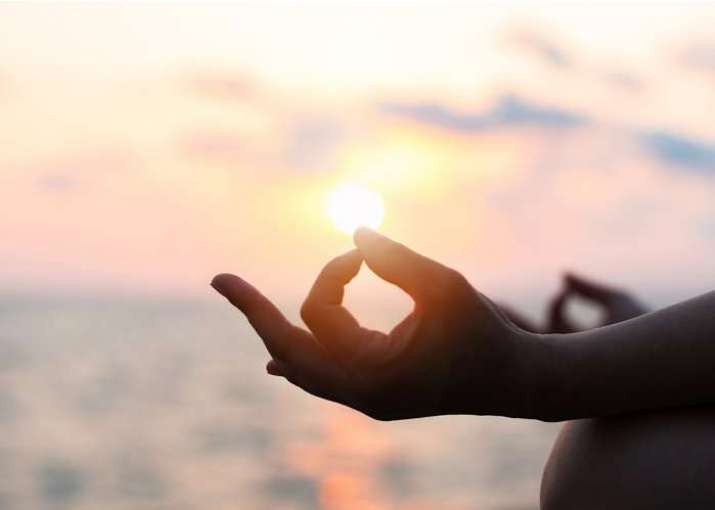
Following the limber-limbed success of the first International Day of Yoga, observed on 21 June 2015, millions of yoga enthusiasts have joined mass gatherings in towns and cities across each year to participate in the annual celebration of this ancient spiritual, mental, and physical practice. While social restrictions around the world due the COVID-19 pandemic meant that such public events would be largely impossible this year, the International Day of Yoga went ahead instead over digital platforms, under the theme for 2020: “Yoga at Home and Yoga with Family”—as a reminder that we can all aspire nurture our mental, emotional, spiritual, and physical health.
“While the social distancing measures adopted by countries to fight the COVID-19 pandemic have shut down yoga studios and other communal spaces, yoga practitioners have turned to home practice and online yoga resources,” the United Nations stated for the occasion. “Yoga is a powerful tool to deal with the stress of uncertainty and isolation, as well as to maintain physical well-being.” (United Nations)
Coinciding with the summer solstice in the norther hemisphere, the International Day of Yoga on June 21 is intended as an international recognition of the many benefits of the ancient Indian practice. This year marks the sixth International Day of Yoga.
Indian prime minister Narendra Modi gave a public address for the occasion, urging participants not to let the novel coronavirus contagion dampen their enthusiasm, and describing the International Day of Yoga as “a day of universal brotherhood.” (Hindustan Times)
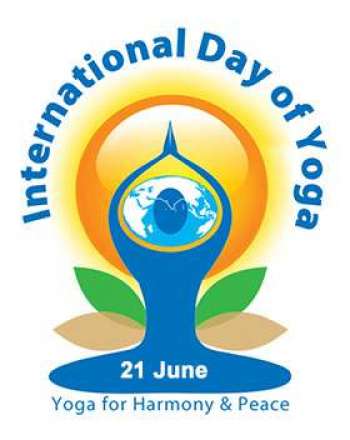
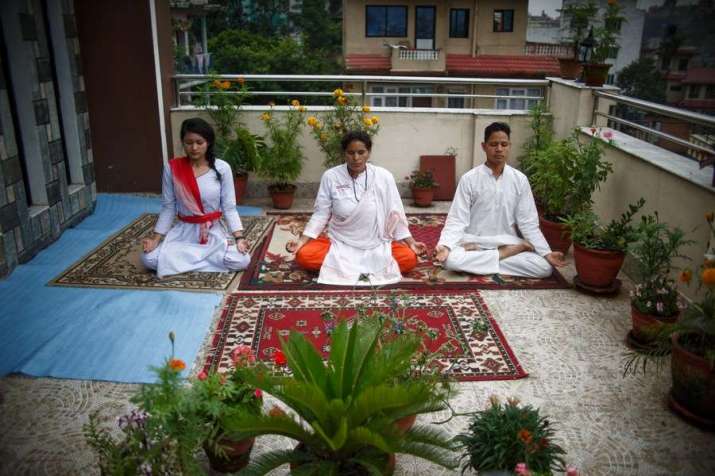
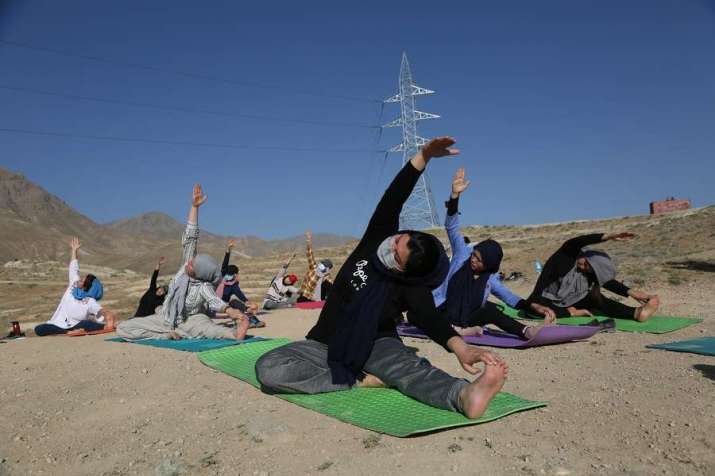
“The theme of International Day of Yoga this year is ‘Yoga at home, Yoga with family.’ Today, we will stay away from all social gatherings and do yoga with our family. When family members come together in practicing the yoga, it spreads energy in the entire house,” said Modi. “The world is taking the need to practice yoga more seriously in the wake of COVID-19. Yoga has many asanas [poses] to boost our immunity. These asanas strengthen our muscles and metabolism. Coronavirus attacks our respiratory system, and pranayama [breath control] is the best exercise to keep ourselves safe.” (Hindustan Times)
“Yoga enhances our quest for a healthier planet,” said Modi. “It does not discriminate, goes beyond color, race, faith and nations. Anyone can embrace yoga—all you need is some time and space,” said Modi, ending his address with the Sanskrit verse: “Lokah samastah sukhino bhavantu” (“May all beings be happy and free”). (Hindustan Times)
Greetings on #YogaDay! Sharing my remarks on this special occasion. https://t.co/8eIrBklnLI
— Narendra Modi (@narendramodi) June 21, 2020
Indian diplomatic missions around the world also participated in the event, hosting virtual yoga sessions in Afghanistan, China, Germany, Nepal, Pakistan, Turkey, the UK, the US, and elsewhere. Indian Ambassador Taranjit Singh Sandhu and embassy officials In Washington, DC, joined several Hollywood stars with a virtual yoga session, while in Canada, high commissioner Ajay Bisaria did the same with members of Canada’s Parliament.
The idea for an international yoga day was first introduced by Modi during a speech before the United Nations General Assembly in September 2014. The following December, the United Nations adopted the proposal by a resolution that was endorsed by an unprecedented 175 countries, and the first International Day of Yoga was observed on 21 June 2015. The summer solstice in the northern hemisphere is significant in the yogic tradition as it is believed to be the day on which Shiva, the Adiyogi, or first yogi, met his disciples, who went on to disseminate the practice around the world.
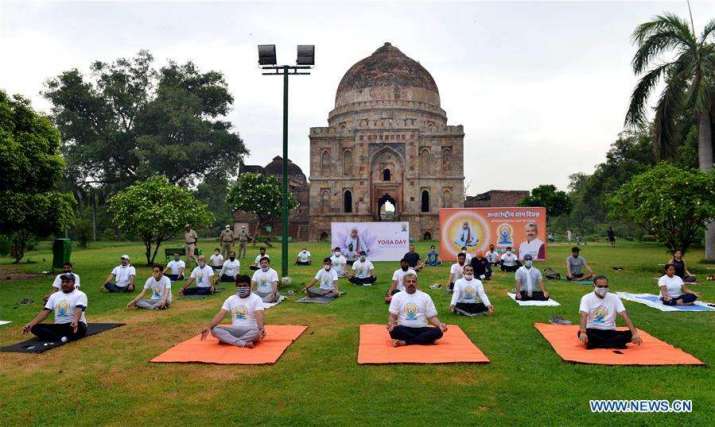
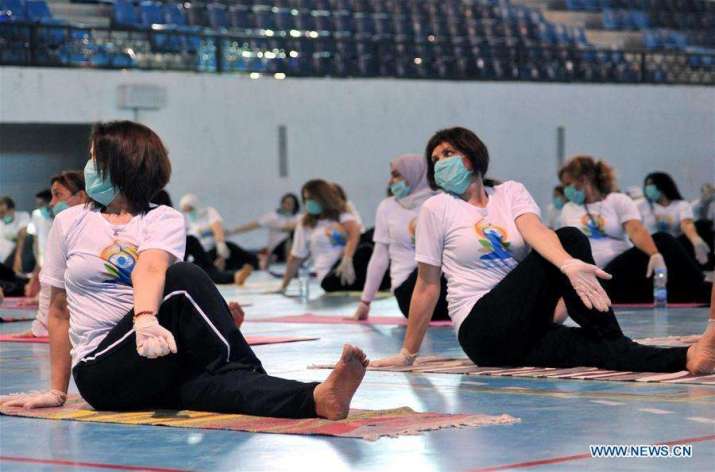
Following the adoption of the resolution, a number of public figures in India expressed support for the initiative. “It is very difficult for any philosophy, religion, or culture to survive without state patronage. Yoga has existed so far almost like an orphan. Now, official recognition by the UN would further spread the benefit of yoga to the entire world,” said Ravi Shankar, spiritual leader and founder of the humanitarian Art of Living Foundation. (Sri Sri Ravi Shankar)
The term “yoga” applies to a variety of methods, practices, and teachings that employ a range of specialized techniques intended to enable the practitioner to attain different states of physical, mental, or spiritual development. The popularization of yoga in the West has generally taken a secular approach, with an emphasis on physical mobility, stress reduction, and overall well-being. The origins of the practice of yoga in ancient India are unclear, with little consensus on its earliest roots; some sources suggest it dates back to South Asia’s Indus Valley civilization (3300–1900 BCE). Other scholars believe the discipline most likely developed in the 6th–5th century BCE among India’s ascetic spiritual movements.
See more
On International Yoga Day, UN spotlights power of ancient practice to help ease COVID stress (UN News)
2020 Theme: “Yoga for Health – Yoga at Home” (United Nations)
Explained: Why International Yoga Day is observed on June 21 (The Indian Express)
International Yoga Day: Indian missions across world hold virtual yoga sessions (The Times of India)
‘Yoga brings people together’: PM Modi on International Yoga Day (Hindustan Times)
Asia Album: People practice yoga on International Yoga Day (XinhuaNet)
International Yoga Day marked in India (XinhuaNet)
International Yoga Day marked in Romania (XinhuaNet)
Sri Sri Ravi Shankar speaks on UN Declaration of June 21st as World Yoga Day (Sri Sri Ravi Shankar)









